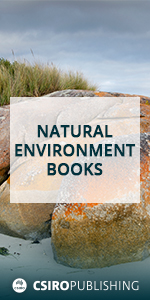RJ25022Birdseye in the sky: the relationship between fractional cover, rainfall and woodland birds in a partially modified tropical savanna
Long-term monitoring of birds is important to examine impacts of management and environmental change. We examined the value fractional cover data and rainfall to predict changes in a tropical savanna woodland bird community data from surveys conducted between 2004 and 2016. We found a relationship between the abundance of many species and different combinations of variables. These remote-sensing metrics have a role to play, along with field surveys, in assessing bird community condition and change over time.
RJ25022 Abstract | RJ25022 Full Text | RJ25022PDF (977 KB) | RJ25022Supplementary Material (478 KB) Open Access Article





